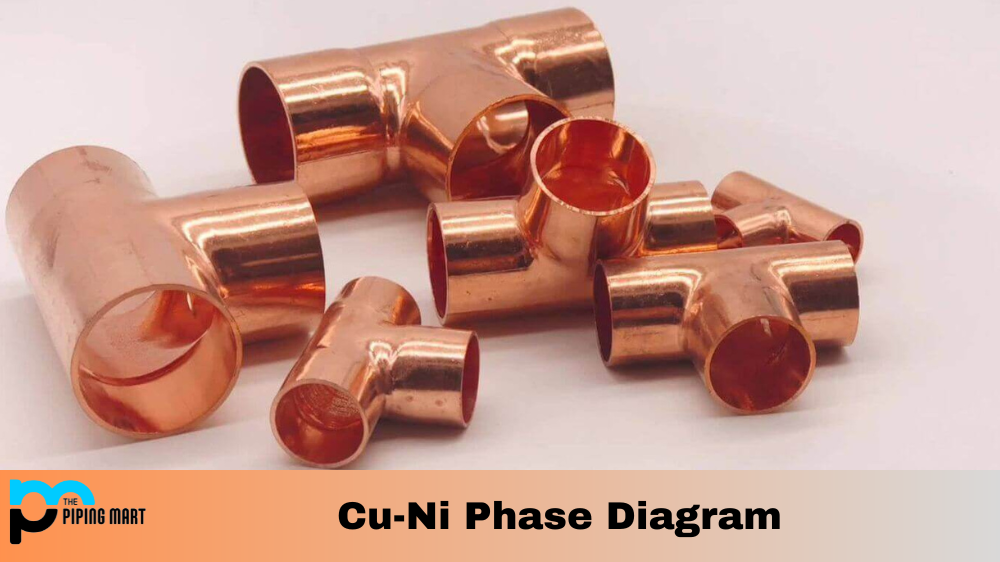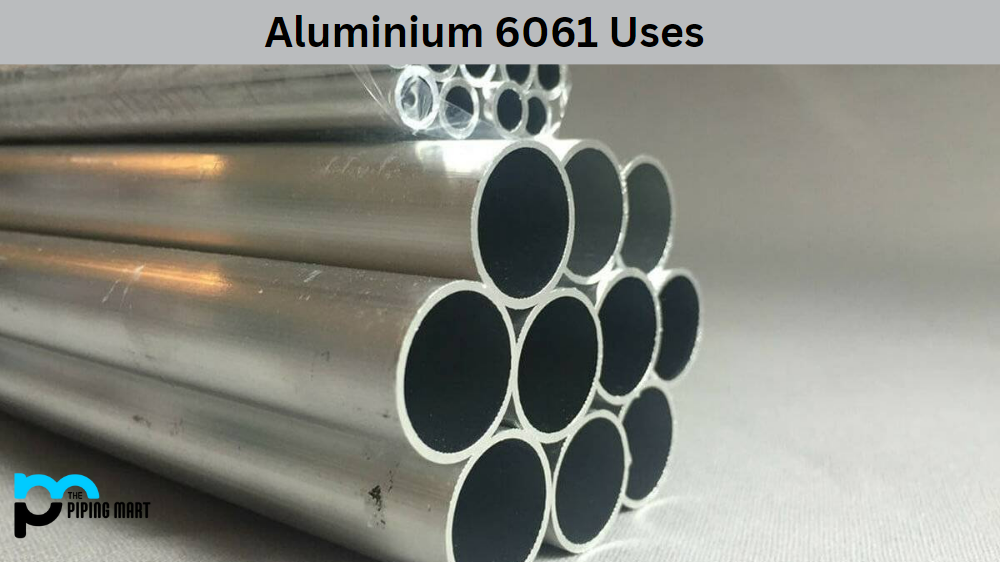A phase diagram is a graphical representation of the equilibrium state of a material at various temperatures and pressures. The Cu-Ni phase diagram is an important tool for understanding the behavior of this alloy at different temperatures and pressure levels. In this blog post, we will explore what a Cu-Ni phase diagram is and how it can be used to understand the properties of this alloy.
The Cu-Ni phase diagram illustrates the relationship between temperature and pressure for different phases or states that can exist in the alloy. It is made up of two axes – one representing pressure (P) and one representing temperature (T). Each point on the graph represents a unique combination of temperature and pressure where an equilibrium exists between two phases. For example, when P = 0 bar and T = 900°C (the solidus line), all of the Cu-Ni alloy system consists only of its liquid form. On the other hand, when P = 0 bar and T = 500°C (the liquidus line), all the systems consist only of their solid form. Between these two lines are several more points where equilibrium exists between two phases – such as a solid/liquid mixture or a solid/gas mixture – depending on the temperature and pressure level.
The information provided by a Cu-Ni phase diagram can be used to understand how different combinations of temperature and pressure affect the properties of this alloy. For example, at higher temperatures with low pressures, there may be an increased tendency for oxidation or corrosion due to higher vapor pressures, while at lower temperatures with high pressures, there may be an increased tendency for embrittlement due to the increased solubility of Ni in Cu lattices. Additionally, these diagrams can also provide information about melting points since they provide insight into when certain phases become thermodynamically unstable under certain conditions.
Conclusion
The Cu-Ni phase diagram provides valuable insight into how different combinations of temperature and pressure affect the properties of this alloy. From this knowledge, materials scientists, metallurgists, physicists, engineers, chemists, and other professionals can understand how to best use this alloy in their applications so that it performs as expected under various conditions. Whether you’re interested in understanding why certain materials behave as they do or what kind of properties you can expect from your next application involving copper-nickel alloys – exploring, a Cu-Ni phase diagram is always worthwhile!

Pipingmart is B2B portal specializes in industrial, metal and piping products. Also, share latest information and news related to products, materials and different types grades to help business dealing in this industry.




